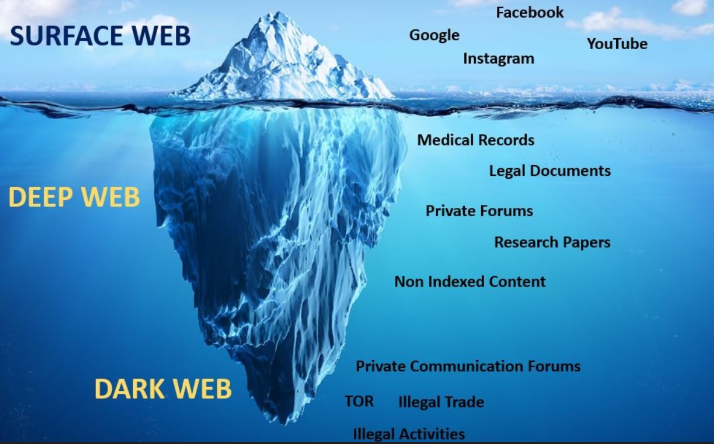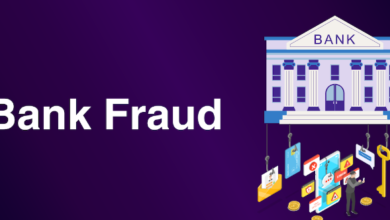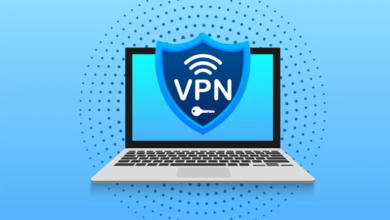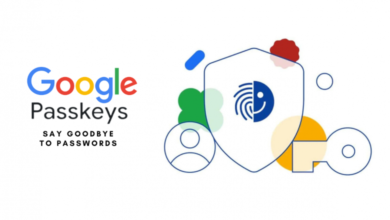
The Dark Web: Myths, Realities, and What You Should Know
Introduction
The “dark web” often evokes images of shadowy figures, illegal activities, and a digital underworld hidden from the everyday internet user. While some of these perceptions are based on truth, the dark web is more nuanced and complex than the sensationalized portrayals often suggest. In this post, we’ll explore what the dark web is, how it works, and the realities of what happens there.
What Is the Dark Web?
The dark web is a part of the internet that is not indexed by traditional search engines like Google or Bing. It requires special software, such as the Tor browser, to access. Unlike the “surface web,” which is accessible to anyone with an internet connection, the dark web is designed to be anonymous, hiding the identities and locations of its users.
To understand the dark web, it’s important to distinguish between the different layers of the internet:

- Surface Web: The portion of the internet that is indexed by search engines and accessible through standard browsers. This is the part of the web most people use daily.
- Deep Web: Content that is not indexed by search engines but is still accessible through a direct link or by logging into a specific service (e.g., private databases, academic journals, password-protected websites).
- Dark Web: A subset of the deep web, where access is intentionally restricted, and anonymity is prioritized. It includes encrypted websites and communication platforms, often associated with illegal activities, but also with privacy-conscious users.
Also read
How the Dark Web Works
The dark web operates through layers of encryption and routing that obscure user identities and the locations of websites (known as “onion sites”). When you use a tool like Tor (The Onion Router), your internet traffic is routed through multiple servers across the globe, making it incredibly difficult to trace back to you or the site you’re visiting.
This anonymity has made the dark web a haven for various activities, some illegal and others perfectly legal but sensitive in nature.
Common Uses of the Dark Web
1. Illegal Activities
Yes, illegal activities do occur on the dark web, including:
- Drug Trafficking: Online marketplaces like the now-defunct Silk Road facilitated the sale of illegal drugs.
- Weapons and Contraband: Users can find firearms, counterfeit currency, and other illicit goods.
- Stolen Data: Personal information, credit card numbers, and hacked accounts are often bought and sold.
- Illegal Services: Hacking services, counterfeit documents, and even hitmen are occasionally advertised.
However, it’s important to note that engaging in these activities is illegal and heavily monitored by law enforcement agencies worldwide.
2. Whistleblowing and Activism
The dark web also serves as a crucial tool for whistleblowers, journalists, and activists operating in repressive regimes where free speech is curtailed. Platforms like SecureDrop allow individuals to share information securely and anonymously.
3. Privacy and Security
For some, the dark web is a refuge from surveillance, censorship, or simply a means to maintain privacy in an increasingly digital world. Encrypted communication services and privacy-focused social networks are popular among users who prioritize their online anonymity.
Myths and Misconceptions
The dark web is often misunderstood, leading to several myths that distort the public’s perception:
- Myth 1: Everything on the Dark Web is Illegal
While illegal activities do exist, many users are there for legal purposes, such as maintaining privacy, protecting free speech, or conducting research. - Myth 2: The Dark Web is Huge
Contrary to popular belief, the dark web is relatively small compared to the surface web. Its importance lies in its content rather than its size. - Myth 3: It’s Impossible to Be Caught
Law enforcement agencies are increasingly adept at monitoring the dark web, using advanced techniques to track down illegal activities. High-profile arrests have shown that anonymity is not guaranteed.
Risks of Accessing the Dark Web
While the dark web can be used for legitimate purposes, it’s not without risks:
- Malware and Scams: Many sites are laden with malware, and scams are rampant. Even tech-savvy users can fall victim.
- Legal Consequences: Engaging in illegal activities, knowingly or unknowingly, can lead to serious legal consequences.
- Psychological Impact: Some content on the dark web is disturbing, and even accidental exposure can have lasting effects.
Conclusion
The dark web is a double-edged sword. It can be a valuable tool for privacy, free speech, and secure communication but also a hub for illegal and dangerous activities. Understanding the realities of the dark web—beyond the myths—is crucial for anyone considering venturing into this hidden part of the internet.
If you do choose to explore the dark web, do so with caution, awareness, and a strong understanding of the potential risks and ethical considerations involved. Remember, curiosity is natural, but safety and legality should always come first.




